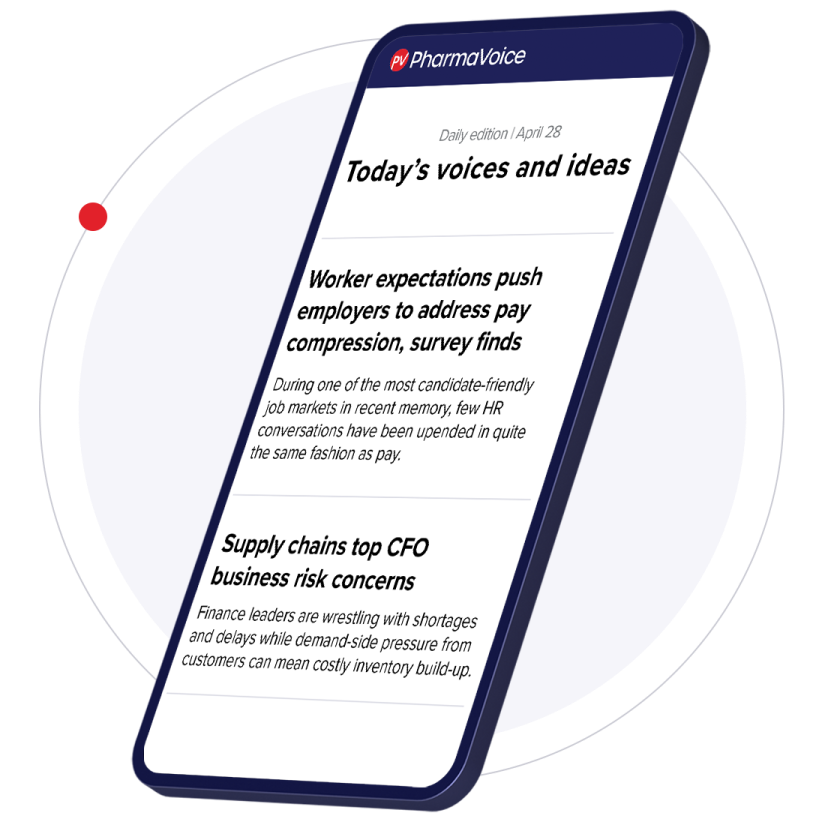The FDA is pushing for faster drug reviews with an unconventional twist. As part of a new accelerated approval pathway, the agency will consider drug affordability as one of the priorities of its new voucher-based program, FDA Commissioner Dr. Marty Makary said last month.
Pricing scrutiny is a novel dynamic in the drug review process, which typically doesn’t include those discussions until further down the line. Makary’s focus on drug affordability wasn’t part of the original criteria laid out by the FDA when it first announced its new National Priority Voucher program in June, and its emergence leaves new questions for pharma companies pursuing a voucher for faster review.
“That is a new factor,” said David Rosen, a partner and public policy lawyer at Foley and Lardner. “We've not seen pricing taken into consideration for priority vouchers. It will probably be subject to some challenges — companies don't necessarily have pricing structures during the development program. And so it may be that [the FDA] grants a voucher, and then all of a sudden they revoke it based on the pricing.”
Drug affordability is not the only new dynamic in the mix for accelerated approvals as the FDA pursues streamlined review processes. And as the agency pursues new pathways, pharmas should be wary of potential pitfalls and the possibility of new risks.
‘Anything is possible’
As part of the voucher program, Makary wants to bring the timeline for drug reviews to one or two months, down from as long as a year.
“It's an aspirational goal,” Rosen said. “But if there's a new drug application they are working through and have other aspects of the application that have been determined to be acceptable and meet FDA requirements, and the review has been progressing and all they have to do is make a final decision, anything is possible.”
While the new program could set pharma companies up for a faster path to market, the existing accelerated approval process has already sparked concerns.
The accelerated approval process came under fire in January from the Office of Inspector General, which released a report slamming the FDA over three approved drugs that were later pulled from the market or had other significant concerns. According to OIG, the FDA needs stricter standards in the accelerated process to account for deviations from standard practices.
Biogen and Eisai’s Aduhelm was one of the examples OIG pointed out.The Alzheimer’s drug approved in 2021 ignited controversy showcasing unusual judgment by the agency, according to the OIG’s report. The drug was later pulled from the market.
"[Pharmas] have to make sure the risks are weighed against the benefits."

David Rosen
Partner, Foley & Lardner
Because the accelerated process doesn’t require companies to show a clinical benefit before a drug’s approval, there is a greater risk of no benefit, the report concluded. Therefore, the FDA needs to improve safeguards and transparency, in part by ensuring proper documentation of meetings with sponsors within the drug approval files.
In cases where a drug is pulled from the market or issues arise after approval, pharma companies are vulnerable to litigation risks, according to Rosen.
“If the studies don't bear out or people do get additional safety issues, the companies open themselves up to potential product liability class action lawsuits,” Rosen said. “Sometimes they can open themselves up to shareholder lawsuits, depending on what kind of things they disclose.”
Accelerated benefits
Despite the risks and unanswered questions around accelerated pathways, faster drug reviews could be widely beneficial. For example, disease areas with few or no marketed drug options present a high need for treatments as quickly as possible.
And pharma companies need to consider deeply when pursuing an accelerated approval pathway or program is appropriate, taking the disease area into account, as well as the potential scrutiny. Now, they may also need to consider drug costs.
“[Pharmas] have to make sure the risks are weighed against the benefits. For those disease states that are severely debilitating and life threatening where there are no other treatment alternatives, the benefits certainly can outweigh the potential risk, depending on the data sets submitted to FDA.”
As pharma companies pursue these pathways, there’s another question of how the FDA will manage the new voucher program amid a huge overhaul of the agency’s workforce.
The FDA lost 21% of its staff, including many regulators and scientists, from Trump administration cuts over the last several months, according to ProPublica. And while experts and pharma industry insiders have been worried about potential delays at the FDA due to the workforce cuts, dealing with the agency has so far been business as usual for many. According to Rosen, the FDA has been “very responsive” in communications with him and his clients.
As the FDA rolls out new programs and releases more information, pharma companies will need to communicate with the agency to understand evolving requirements and priorities.
“I'm a big believer in having early and [frequent] discussions with FDA, making sure that we have a sound rationale and a well thought out development plan and a good basis to bring these products into the marketplace through an accelerated process,” Rosen said. “Because that benefits the FDA, and it benefits the companies, but mostly it benefits patients.”
















